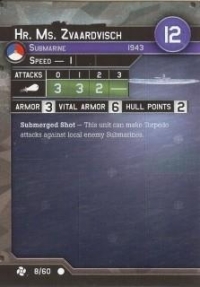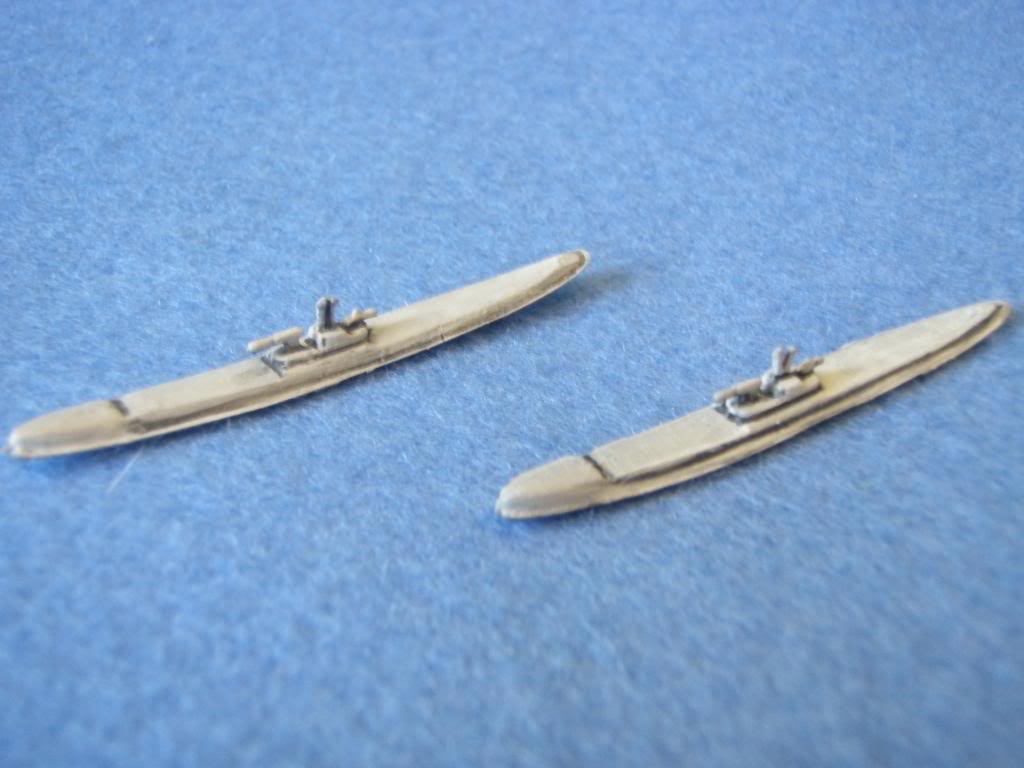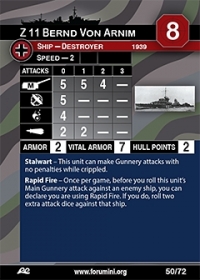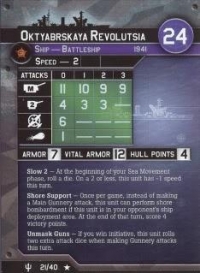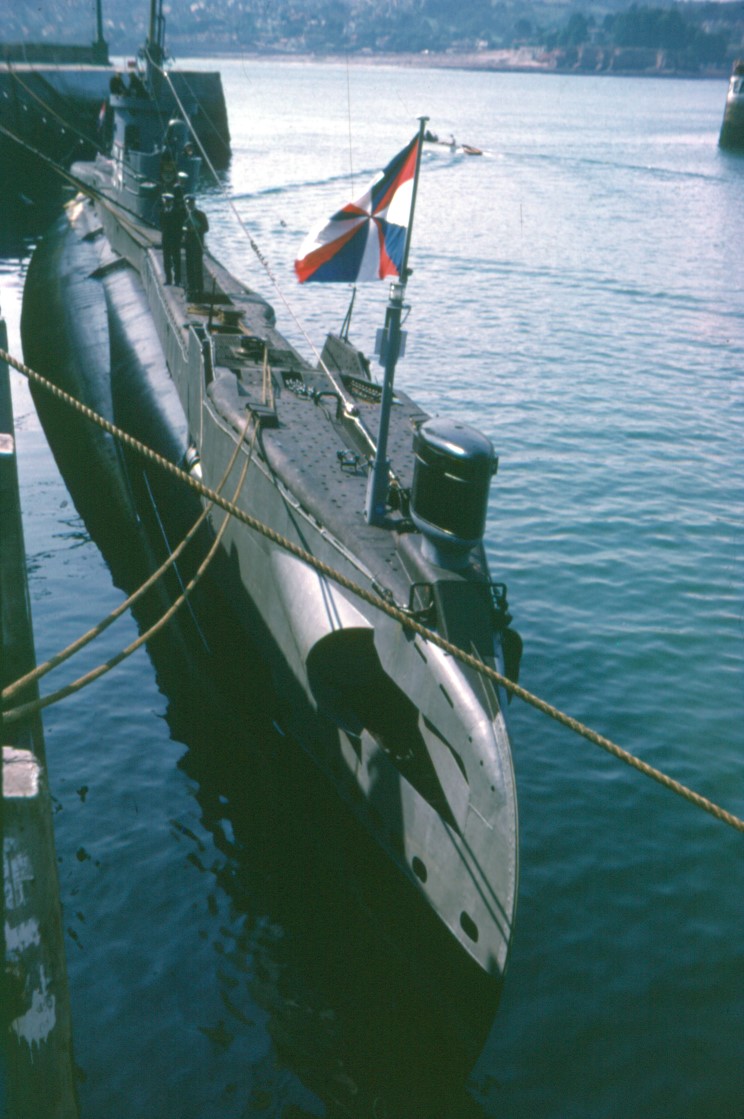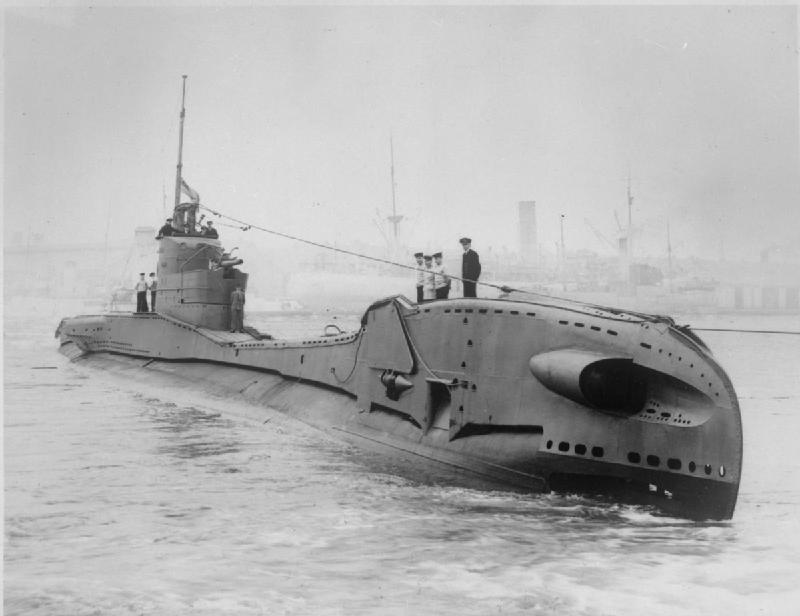People who viewed this item also viewed:
Prototype: HNLMS Zwaardvisch (S814) was the lead ship of the Royal Netherlands Navy's Zwaardvisch-class submarine, which was based on the British T class. The submarine was originally ordered as HMS Talent (P322) and built by Vickers Armstrong, Barrow, and John Brown & Company, Clydebank. It served mainly in the Pacific against the Japanese during the war, operating under both British and US operational command in Ceylon and Australia. In 1950, the vessel was renamed HNLMS Zwaardvisch. She was sold and broken up for scrap in 1963.
Class History: The Royal Navy's T class (or Triton class) of diesel-electric submarines was designed in the 1930s to replace the O, P, and R classes. Fifty-three members of the class were built just before and during the Second World War, where they played a major role in the Royal Navy's submarine operations. Four boats in service with the Royal Netherlands Navy were known as the Zwaardvisch class.
In the decade following the war, the oldest surviving boats were scrapped and the remainder converted to anti-submarine vessels to counter the perceived growing Soviet submarine threat. The Royal Navy disposed of its last operational boat in 1969, although it retained one permanently moored as a static training submarine until 1974. The last surviving boat, serving in the Israel Sea Corps, was scrapped in 1977. Design began in 1934 but was constrained by the 1930 London Naval Treaty restricting the total British submarine fleet to 52,700 tons, a maximum of 2,000 tons for any boat, and maximum armament of one 5.1 in (130 mm) gun. The "Repeat P"s, as the design was originally called, were intended to be large and powerful enough to operate against Japan in the absence of other British naval units. Britain was in a financial crisis and would have difficulty affording enough boats to meet their allowance.
Country: The Netherlands, a country in northwestern Europe, is known for a flat landscape of canals, tulip fields, windmills and cycling routes. Amsterdam, the capital, is home to the Rijksmuseum, Van Gogh Museum and the house where Jewish diarist Anne Frank hid during WWII. Canalside mansions and a trove of works from artists including Rembrandt and Vermeer remain from the city's 17th-century "Golden Age."
Item created by:
Lethe on 2015-05-31 17:46:30. Last edited by
olipref on 2022-12-02 12:07:03
If you see errors or missing data in this entry, please feel free to
log in and edit it. Anyone with a Gmail account can log in instantly.


